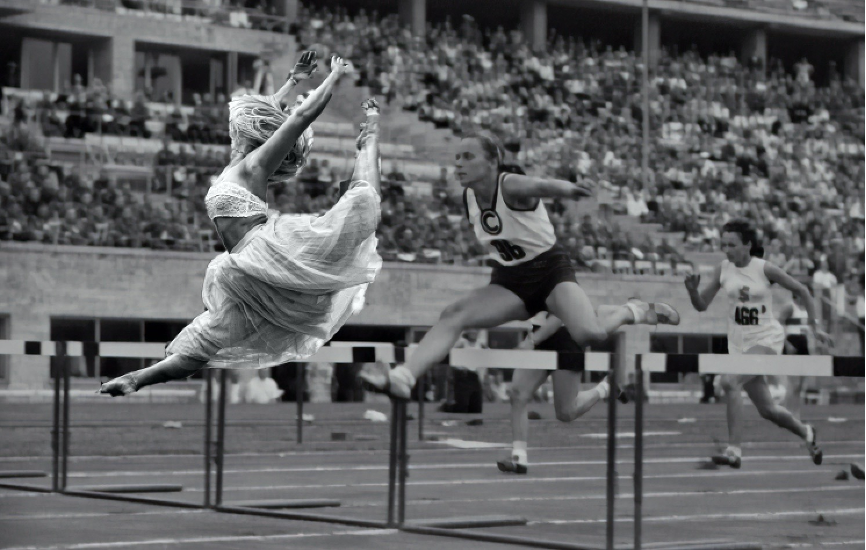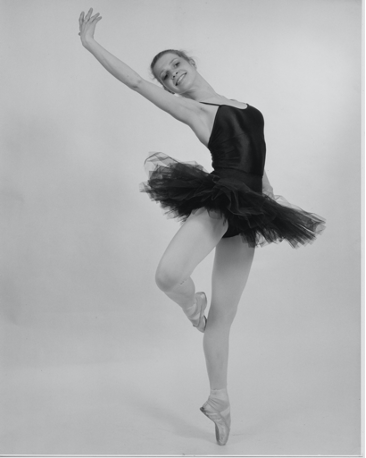Here I discuss the findings from our recent study: Indicators and correlates of low energy availability in male and female dancers[1]

Key Points
- Dancers display indicators of low energy availability and are at risk of the adverse consequences of relative energy deficiency in dance
- There are dance specific psychological correlates associated with low energy availability
- The COVID pandemic has magnified the risk for dancers of relative energy deficiency in dance, due to disruption of studio time and theatres being shut for live performances
- This situation also offers the opportunity to put in place proactive, preventative measures for dancers to support optimisation of health and performance in the future.
Dance and Sport…plus ça change
There are many similarities between dancers and athletes, in terms of the physical and mental demands of training and performance. In both disciplines, training starts from a young age to hone technical skills. Dance, in particular, shares many of the challenges of aesthetic sports. In some ballets, the visual appearance of the corps de ballet is essential to the story line. In La Bayadere, the warrior sees in a dream multiple images of his true love, the dead temple dancer. In Swan Lake the corps de ballet moves like a flock of birds and in Les Sylphides the corps de ballet portrays ethereal spirits.
Furthermore, in dance and certain sports low body weight is perceived to confer a performance advantage. This is not just for aesthetics, but also to meet the technical dance demands of elevation and pointe work, where the whole of a dancer’s body weight goes through the first metatarsal joint (big toe joint). Indeed, the spotlight was on dancers in some of the early studies on the potential incidence and consequences of low energy availability[2]. However, since initial studies in dancers, the focus has been on athletes involved in sport, culminating in the International Olympic Committee (IOC) consensus statement published in 2014 on relative energy deficiency in sport (RED-S). As the name RED-S indicates, sport is the focus of this clinical syndrome describing the clinical consequences of low energy availability on health and performance[3].
Whilst there are clearly parallels with dance and sport, there are equally some fundamental differences from cultural and organisational perspectives. Furthermore, the demands of dance have changed dramatically over just two generations. The illustration shows a dancer from 1920s, with loose fitting costume, en pointe on two feet with a “romantic” interpretation, who was invited to join the legendary Dame Ninette De Valois and her company. This contrasts to her granddaughter at about the same age from 1980s, wearing a tight fitting, shorter length tutu, en pointe on one leg and portraying a different style of ballet.


Relative Energy Deficiency in Dance
To explore the current situation of low energy availability in the dance community against the backdrop of these changes in demands, we conducted a study of dancers worldwide to assess indicators and correlates of low energy availability. Building on the sport specific energy availability questionnaire[4], we developed a dance specific version to ensure engagement with dancers[1].
The key findings from this survey of 247 dancers found that 57% of female dancers and 27% of male dancers were at risk of RED-S. Psychological factors are recognised to play a part in both the cause and consequences of RED-S. From our study of dancers a significant cluster of psychological interrelationships was found. Dancers who rated control of eating as important, also did so for control of body weight as well as expressing anxiety about missing training. In order to be a successful dancer, self-discipline and self-motivation are undoubtedly important. However, in contrast to dancers from previous generations the pervasive pressure from social media is ever increasing, alongside perceived dance specific demands of being of a certain weight to gain leading roles.
Strikingly, significant relationships were found between these psychological factors and physical and physiological indicators of low energy availability, including low body weight and menstrual dysfunction.
That is not to say that dancing is an inherently an “unhealthy” pursuit. Far from it: dance has been shown to have beneficial effects on both physical and mental wellbeing, both from a participant and an audience point of view. Dance goes beyond the dimension of physical performance, calling upon musicality, expression and acting. This is why an important message from this study is to raise awareness about misperceptions about body weight, in order to support optimal dance performance. Rather, anxiety about body weight can have negative consequences on physical and mental health, and ultimately impair dance performance. Raising awareness about low energy availability and relative energy deficiency in dance and sport was the rationale for writing the British Association of Sport and Exercise Medicine open access, educational website[5]
The other important message from this study is that early identification of aspiring male and female dancers at risk of developing the clinical consequences of relative energy deficiency in dance could be possible with a dance specific questionnaire used in this study. As with participation in sport, early identification is crucial as a proactive, preventative measure. In other words, keeping in step with the increasing demands of dance in a changing world, rather than relying on reactive measures to deal with the ensuing mental and physical injuries of relative energy deficiency in dance.
The pandemic has impacted everyone. This includes professional dancers and athletes. Whilst the return of professional athletes to some competition has been facilitated, theatres where dancers perform remain shut. These are unprecedented, challenging times for dancers. On the other hand, this does offer the opportunity to plan for ways to ensure future generations of healthy dancers with sustainable careers.
Author and affiliations:
Dr Nicky Keay, Honorary Fellow Durham University, Department of Sport and Exercise Sciences @nickykfitness
References
3 Keay N, Francis G Infographic. Energy availability: concept, control and consequences in relative energy deficiency in sport (RED-S) British Journal of Sports Medicine 2019;53:1310-1311.
5 www.health4performance.co.uk BASEM educational website
Statements
No competing interests
Links